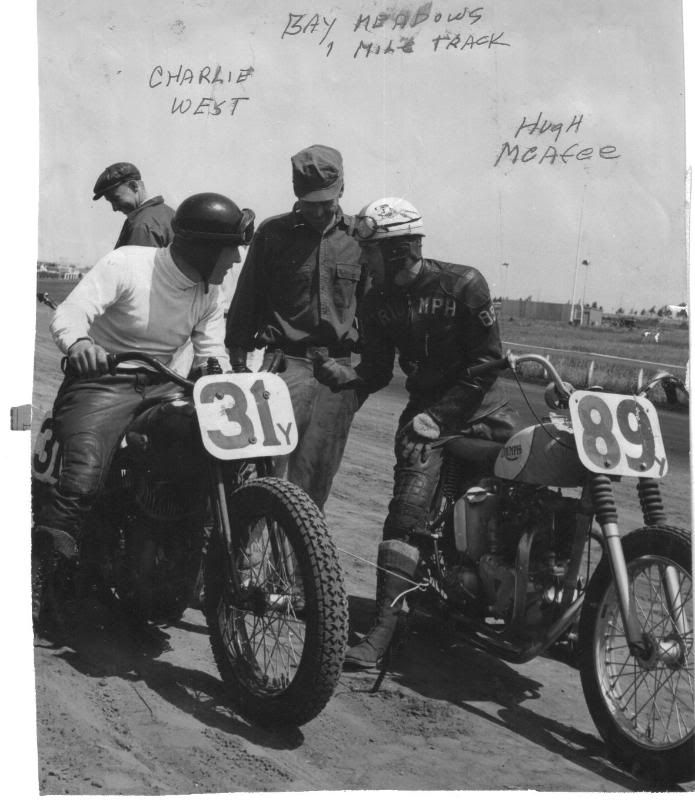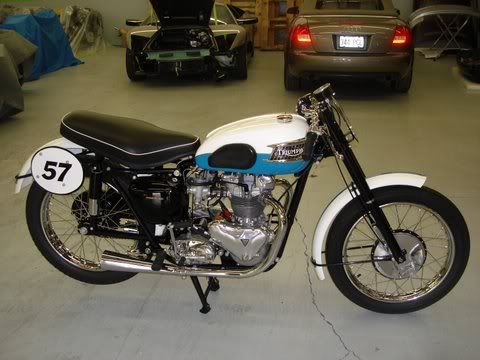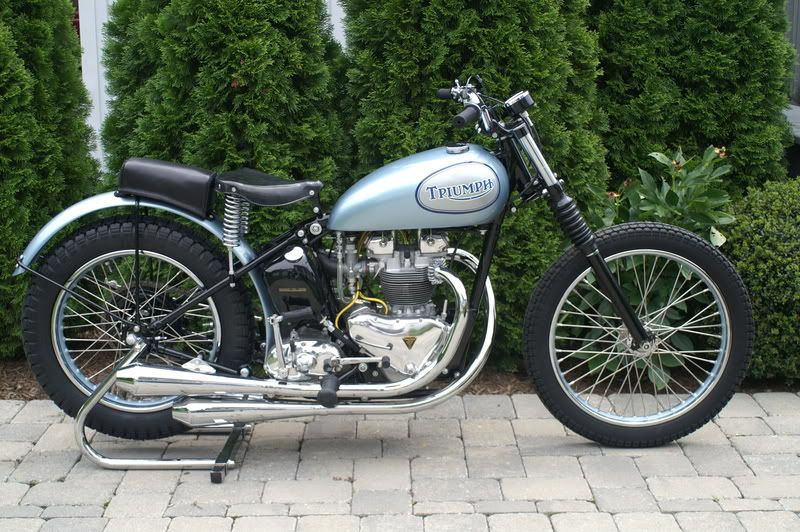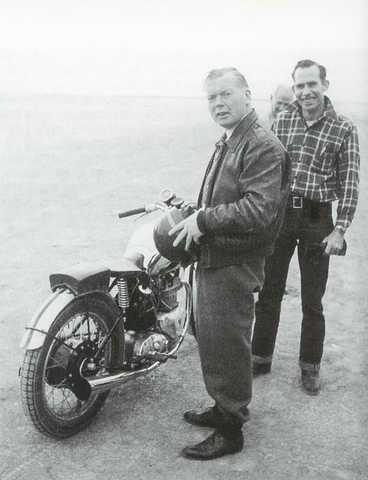Anyway, when I saw the Triumph I was under-whelmed to say the least, so I started looking around for something else to add to the purchase so it wouldn't feel like a wasted trip. Among all the BSA Goldstars and Velocettes there was a little Laverda single that just looked like a jewel. We came up with a figure we could both live with and I brought it home.
My daughter Stephanie on the little Laverda
Believe it or not, these little Laverda's dominated Italian racing in their class for several years when they first came out. Not because of their overall top speed but because they were very reliable.
If it doesn't sell right away I will rebuild the carb and go from there. It is for sale and if you are interested you can call me @ 951-992-9839
I am trying not to buy anything I can't live with and enjoy for a while and both motorcycles fit that category.











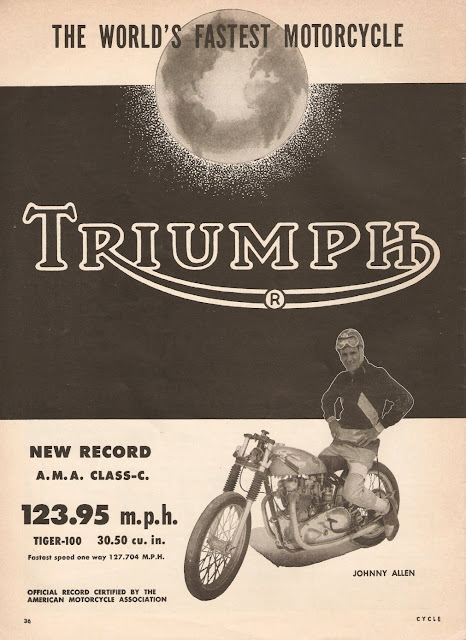

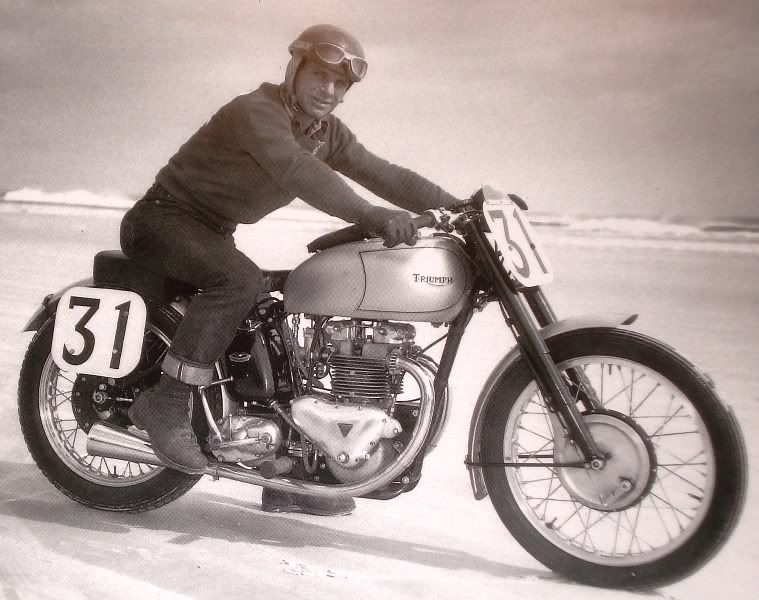
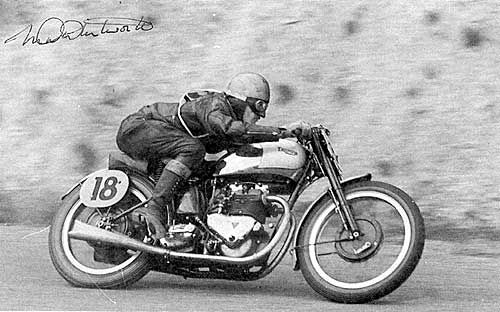
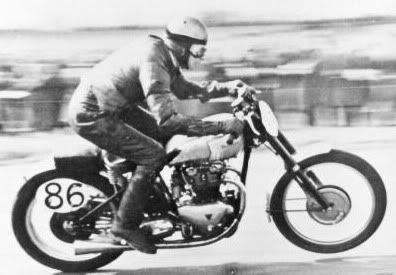
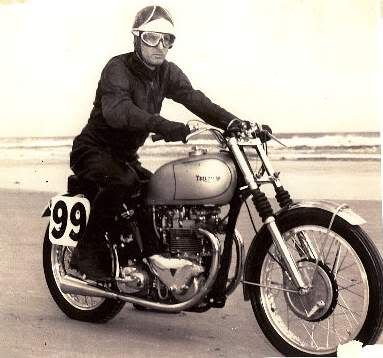
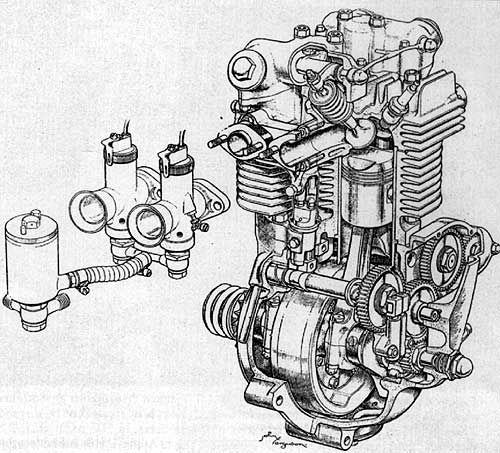






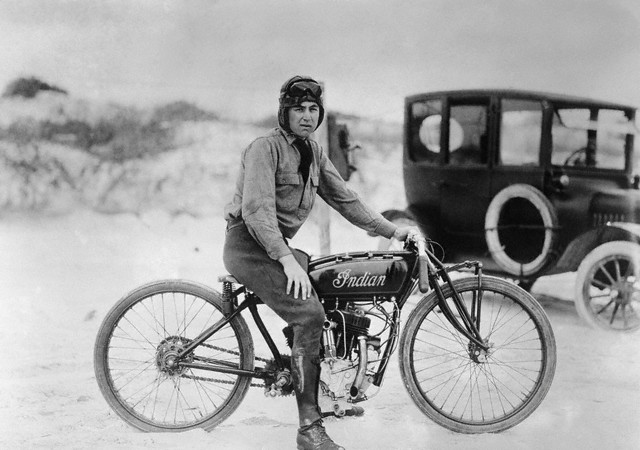

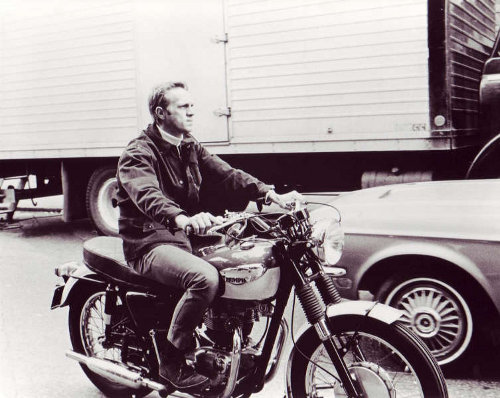
![[ton6156.jpg]](https://blogger.googleusercontent.com/img/b/R29vZ2xl/AVvXsEjXuA7xuWRlWhIBN0kCxa05rcEFBsAMnAySXxkfCflFDc6pdlBgVquMwbX3wiybiJhjSC9-zqRnPGP-aYsBHIyUwmUlWyuwyzAdlni6p8z3Q_ootMVYMy6u1pzsubD8IDmzKMBEAKc10d0/s1600/ton6156.jpg)
![[ton6156c.jpg]](https://blogger.googleusercontent.com/img/b/R29vZ2xl/AVvXsEitsbaD6akuN1jFQvuQt7MOzPybNH6adFhv9AM2PY9b8Q5A5L4EhPOw9GoCu3felU7L7tJFkD4uS0NrVGtFz9bsDEvf9iMD4yF6yZN8wPeufRRl0_etwIzxqxdY_SdnKAJcGHbyf_QcXFc/s1600/ton6156c.jpg)
![[ton6156b.jpg]](https://blogger.googleusercontent.com/img/b/R29vZ2xl/AVvXsEjnTUFtKXG4KAa5hrzaDvNrjDrobb_Ga3uMGP57ts0j4hdE3rQt7UWxmZ-kZFxqwuy9z9g7aiKVGUVe8yaFwvcGYzoEmZZUD88TVFmjbueiW4i0YDSCgikM6mJB2K06nnczAVvP-2L6qNU/s1600/ton6156b.jpg)
![[ton6156a.jpg]](https://blogger.googleusercontent.com/img/b/R29vZ2xl/AVvXsEhPQ2FaFn8M16WSSWBz_izl-ZKo1AMMXE_HMNEzXSoK2utteJQ1SKGE6cWMRXWEXpkc-lHoZiLtdAQ_Fvme1kwtYy0PXwomTe0DtkwBhCaojgAmQW3lW4kl1b85IM_oBL3aPXCjzLcYY9c/s1600/ton6156a.jpg)
![[ton6156f.jpg]](https://blogger.googleusercontent.com/img/b/R29vZ2xl/AVvXsEiMzSSr-D2cdyYNniGMwY_qGCVgT3FCwdn3vZjKZkaRqLZxdgxoUiC5zH2XJJjSafQtHIbRTUmXa1PV6BY4ILfWwlTcbR0OycKnOMxRJqsXhXaXjec-PKL3aFOjozQgC-pGUu9L0of-jGU/s1600/ton6156f.jpg)
![[ton6156e.jpg]](https://blogger.googleusercontent.com/img/b/R29vZ2xl/AVvXsEjd_32MhilrMBXkIU9E5XQHIph4G_9zCkRSllwIDeyHIGJ3rm_4xYCThjpc4uwfyGp0_FnanIv1gQieAFhypNR05fJFMqQ41ET7i0ii2TWLH1gyIyLtgOhJije2ZXfBEp_hZB_-74Nq_XM/s1600/ton6156e.jpg)
![[ton6156d.jpg]](https://blogger.googleusercontent.com/img/b/R29vZ2xl/AVvXsEgA0IJtavvWqnGcQ2dE57O5Q7F4RVCWnjUPwTaczMe95Uuw4FUDwJHA8ZpHtyArX57-XiNHvGffU_zofE3kvixBr7FOvzcNOsgDSLzcIjIowfKhUDyYS9CZ1L780maY-IDyMzJ7ghGobIg/s1600/ton6156d.jpg)




